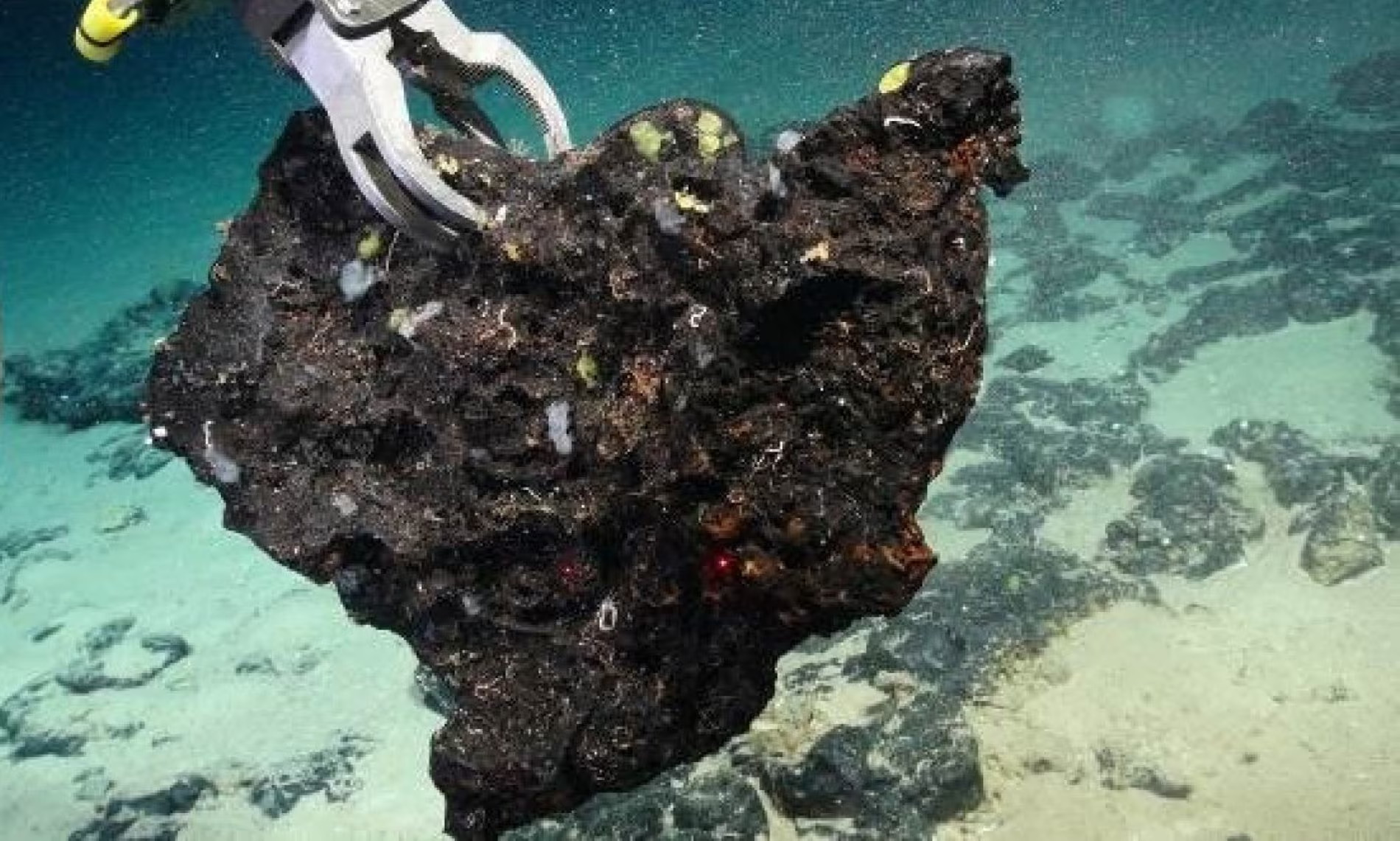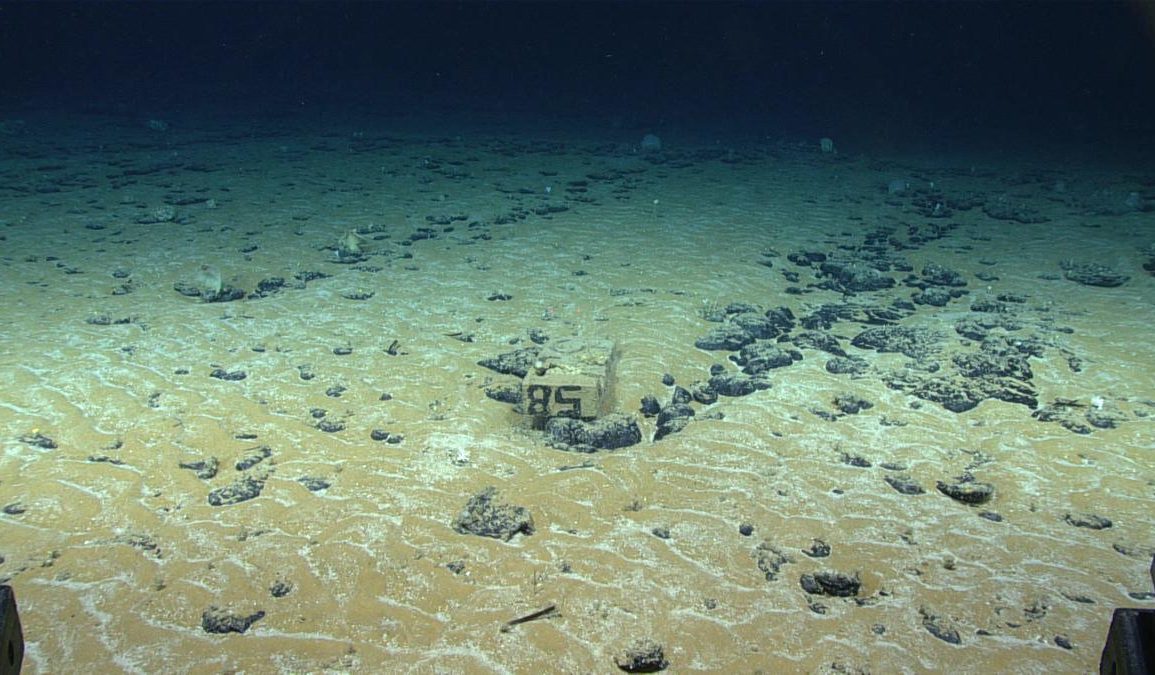In Jules Verne’s Twenty Thousand Leagues Under the Sea, written in 1869, the character Captain Nemo reflects that the deep sea, below 30 feet, is free from the grasp of despots and terrestrial conflicts. However, modern geopolitics experts argue that Verne’s sentiment no longer holds true.
Today, nations are increasingly claiming and naming underwater topographies such as seabeds, sea ridges, and canyons, asserting their sovereignty over these areas. This expansion of territorial claims extends below the ocean’s surface, challenging the idea that the deep sea is a neutral, unclaimed space.
Professor Klaus Dodds from Royal Holloway, University of London, describes this phenomenon as a “scramble for the oceans.” Countries are leveraging legal permissions to assert their rights over underwater features, a process facilitated by advancements in 3D mapping technology.
Geographer Dr. Sergei Basik from Conestoga College emphasizes that naming newly discovered ocean features is a strategic move for nations seeking to control the resources within these areas. This mirrors historical colonial practices, such as when new maps of the world emboldened explorers like Columbus to claim new territories.

The naming of underwater features, known as bathyonyms, is becoming increasingly common. Whereas in the past, only a handful of names were proposed each year, recent decades have seen a surge in naming efforts, with countries like Japan, the U.S., and France leading the charge.
This trend highlights the economic motivations behind these claims, as countries aim to exploit the mineral and resource potential of these features. For example, nations can extend their underwater territorial claims by demonstrating that seabeds are part of their continental shelf.
The process of naming and claiming ocean features is closely tied to expressions of national identity and sovereignty. Dodds points out that naming a feature reinforces a sense of ownership, allowing nations to assert control over remote or strategically valuable areas of the ocean.
This practice has extended even to places like Antarctica, where countries with limited physical presence, such as Bulgaria, are actively naming features, despite being geographically distant from the region.
Beyond geopolitical and economic concerns, Basik warns of the environmental risks posed by this race to claim the ocean. He fears that the commodification of ocean resources could lead to exploitation with severe environmental consequences.
While the international legal system is designed to regulate these claims, the increasing interest in mapping and mining the deep seabed poses potential future challenges, not only for geopolitics but also for the sustainability of marine ecosystems.

